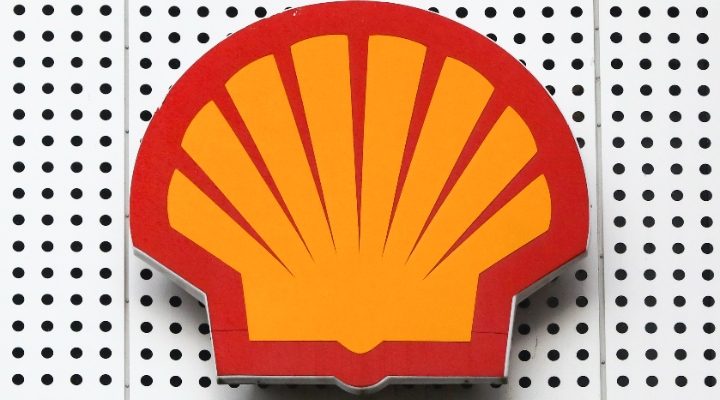Although we continue to believe that crude oil prices are well below the levels required to incentivise sufficient investment to meet demand beyond 2017, we are reducing our long-term price outlook by $5 per barrel to $70 Brent and $64 WTI to reflect bearish developments in recent quarters in the outlook for low-cost supply and industrywide cost deflation.
While $5 represents a relatively small adjustment to our long-term oil price assumption, we are also adjusting our near-term activity and pricing forecasts to reflect our belief that industry oversupply is making it very likely that crude markets will not approach any semblance of normalcy until 2017. Taken together, these changes have a meaningful impact on a handful of our energy sector fair value estimates, particularly firms that currently employ large amounts of leverage. We are beginning to publish new fair value estimates today, and all companies will be live two weeks from today.
Two key developments underpin our decision to adjust our long-term pricing outlook downward. First, cost-advantaged resources have continued growing in recent quarters, thanks to ongoing productivity improvements across U.S. tight oil plays as well sanctions relief that will result from the Iranian nuclear deal. Longer term, this makes it likely that low-cost oil will continue to crowd out more marginal projects that were being sanctioned prior to oil prices collapsing.
Further, our originally anticipated point of global supply and demand coming into balance has continued to get pushed further into the future throughout 2015. This, in turn, has led to a collapse in near-term investment that has increased the magnitude of cost deflation and has considerably weakened the currencies of many commodity-exporting countries. The result is lowered breaking-even levels for both offshore and oil sands projects, which we expect will be the resources setting the industry’s marginal cost once crude markets have rebalanced.
While the vicious sell-off of energy stocks has created a handful of compelling opportunities for long-term investors, the industry hasn’t faced a downturn of this magnitude since the Eighties. Tremendous uncertainty exists as to how commodity prices will trend over the next several quarters.
Accordingly, investors should be both discriminatory in their stock-picking and duly prepared to weather additional volatility as the industry embarks on what is likely to be a long recovery process.
What is our justification for being bullish about oil prices longer term? The industry simply cannot afford to invest and meet 2017 and forward supply needs at oil prices anywhere near current levels. Additionally, there are forces at work on both the supply and demand side that we expect will eventually bring the market back into balance. On the supply side, tens of billions of dollars of near-term investment have been cut or deferred, which we expect will lead to global supply staying flat in 2016-17 (oil output has increased by more than 4.5mmb/d the past two years).
While that is not showing up in production data as of yet, this is because investments in energy are long-dated in nature and output responds with a lag to changing investment levels. This is true even of U.S. tight oil, which is arguably the most nimble area of the sector. While U.S. oil production has increased in the early months of 2015 despite a collapse in drilling activity, production has since begun to fall and is now down 600mb/d, or 7%, from the 9.6mmb/d peak reached in April.
Given our expectation that activity in the U.S. will remain depressed until the middle of next year, we expect production to ultimately trough in late 2016 roughly 13% below recent peaks, removing more than 1mmb/d of supply from the market.
Whereas global oil supply growth is about to stall, oil demand is continuing to grow at roughly 1mmb/d per annum. Given our supply outlook, an industry rebalancing will begin to happen in earnest in 2017, which would allow the industry to work down the inventory builds to more normal levels.




























